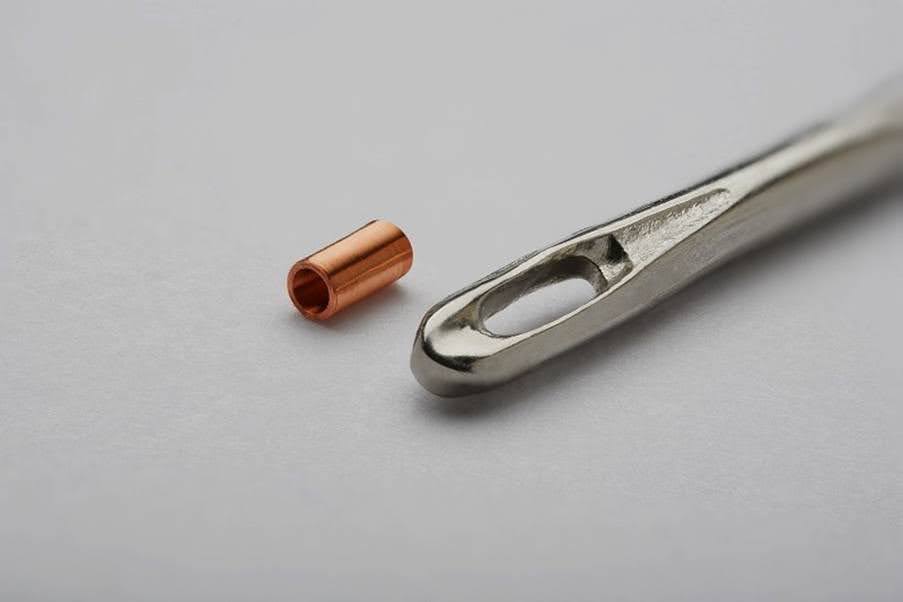
How Do Medical Sensors Help in Modern Medicine?
Medicine is a lot better now than it used to be. Making tiny medical monitors is one of the most amazing things in modern medicine. Ultra-thin wires and coils make these tiny gadgets possible. They are changing health care in ways that people used to only think of in science fiction. Medical monitors help doctors figure out what's wrong and treat illnesses. They rescue lives and improve things.
What are Medical Sensors, and How Do They Do Their Job?
Put inside the body, medical monitors are tiny devices that track, diagnose, or treat different health problems. The fact that they send data for study means they can pick up physical signs, such as chemical changes, temperature, or pressure. These sensors are now an important part of minimally invasive medical treatments because they let doctors get essential information without making significant cuts or complex surgeries.
Key Applications of Medical Sensors
-
Diagnostics: One of the most essential uses of medical devices is diagnosis. With digital communication, tiny implants can monitor your blood sugar, heart rate, and blood pressure. This constant flow of data allows nurses and doctors monitor patients and intervene promptly if needed.
-
Implants and Monitoring Devices: Miniature pacemakers and deep brain stimulators use sensors to monitor and control physiological activities. They can change independently to meet the body's needs, improving the lives of people who need long-term care.
-
Therapeutic Treatments: Neurophysiology treatments use medical sensors to guide the exact release of energy to treat conditions like arrhythmias. They make treatments more likely to work while lowering the risk of hurting nearby good tissue.
-
Surgical Navigation: Surgical navigation is an important part of the process. It uses tiny devices to help stents, drugs, and radiation tubes get to the right place in real time. Doctors can find their way around the body's complicated paths more easily with these tools. This makes surgeries safer and more effective.
-
Monitoring Temperature: High-tech monitors also check the body's temperature to see how hot or cold it is. Miniature thermocouples use thermo-pressure molecular bonding technology to keep track of temperatures accurately and continuously. This is important for healing conditions like fevers or hypothermia.
Thoughts on Manufacturing and Technology
Making these very small sensors is a complex process that requires state-of-the-art tools. You have to wind very thin wires (often thinner than a hair) into perfect coils to make the tiny coils these things need. You can't just go to the store and buy these tools and use them for this job. Manufacturers' tools are very accurate because they work with such small parts.
During the making process, strict quality control ensures that each coil and wire meets the standards already set. Tracking the materials used is also very important because it lets you know where each part came from, ensuring the highest standards of safety and stability.
Conclusion
Regarding current healthcare, medical monitors do change the game. These little gadgets make a big difference because they speed up treatments, lower risks, and improve patient outcomes. Even more groundbreaking findings that will push the limits of what's possible in medicine will likely come as technology keeps improving. The future of healthcare looks better than ever, thanks to the accuracy and reliability of tiny devices.

Comments (0)